Charting Life
A simplified exploration of life and its challenges using charts. Perhaps these will help us to know ourselves better and get to where we need to be.

A simplified exploration of life and its challenges.
Life is tough and we often have to ask ourselves difficult questions to know more and get to where we need to be. Add to this all our biases and human flaws, and the decisions we have to make start getting really complex.
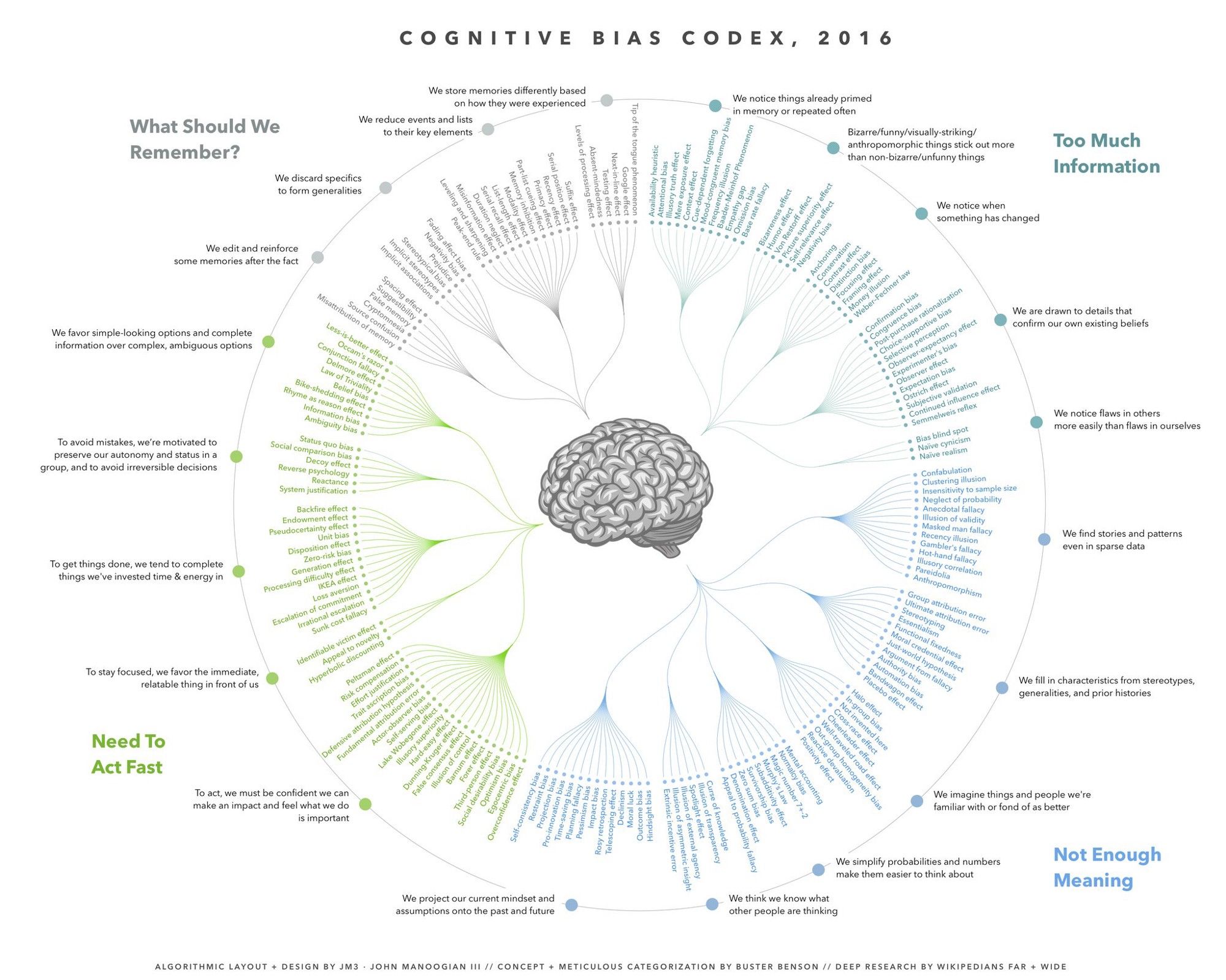
At these critical moments of choice, I have always found graphs to be helpful because they strip away all the excess data and introduce objectivity into my mental process. They force me to choose and focus only on the variables that matter, and nudge me into thinking deeply about the relationships these variables share and where they break down.
This mind hack has played a surprisingly important role in making sense of my life and its dilemmas, and it could possibly help you too so let’s tackle some of our most challenging questions together.
The Joy of Productivity
Will I find happiness by getting more done? Is this the only way?
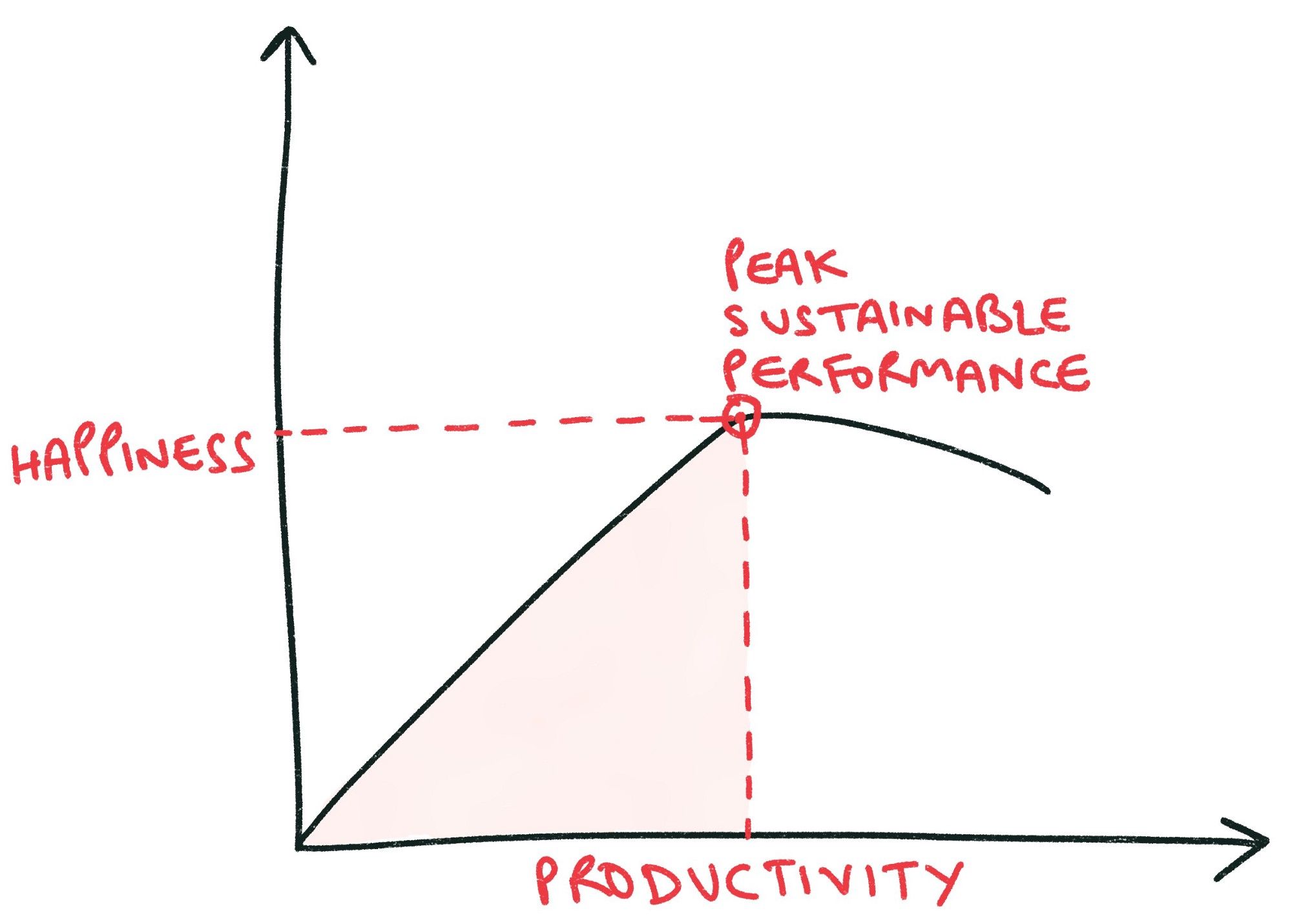
No. Limitless productivity is not a realistic option.
In fact, as we try to scale productivity indefinitely, we falter. This chase induces mistakes, anxiety and stress, and eats up all our joy. Productivity beyond Peak Sustainable Performance, limited by our personal standard of happiness, can only be a short-term tradeoff because its effectiveness is fleeting. We are better served when we identify our individual threshold for joy and optimize decisions and time to operate at these activity levels.
The Burden of Productivity
Will I ever have enough time for myself, my loved ones and my work?
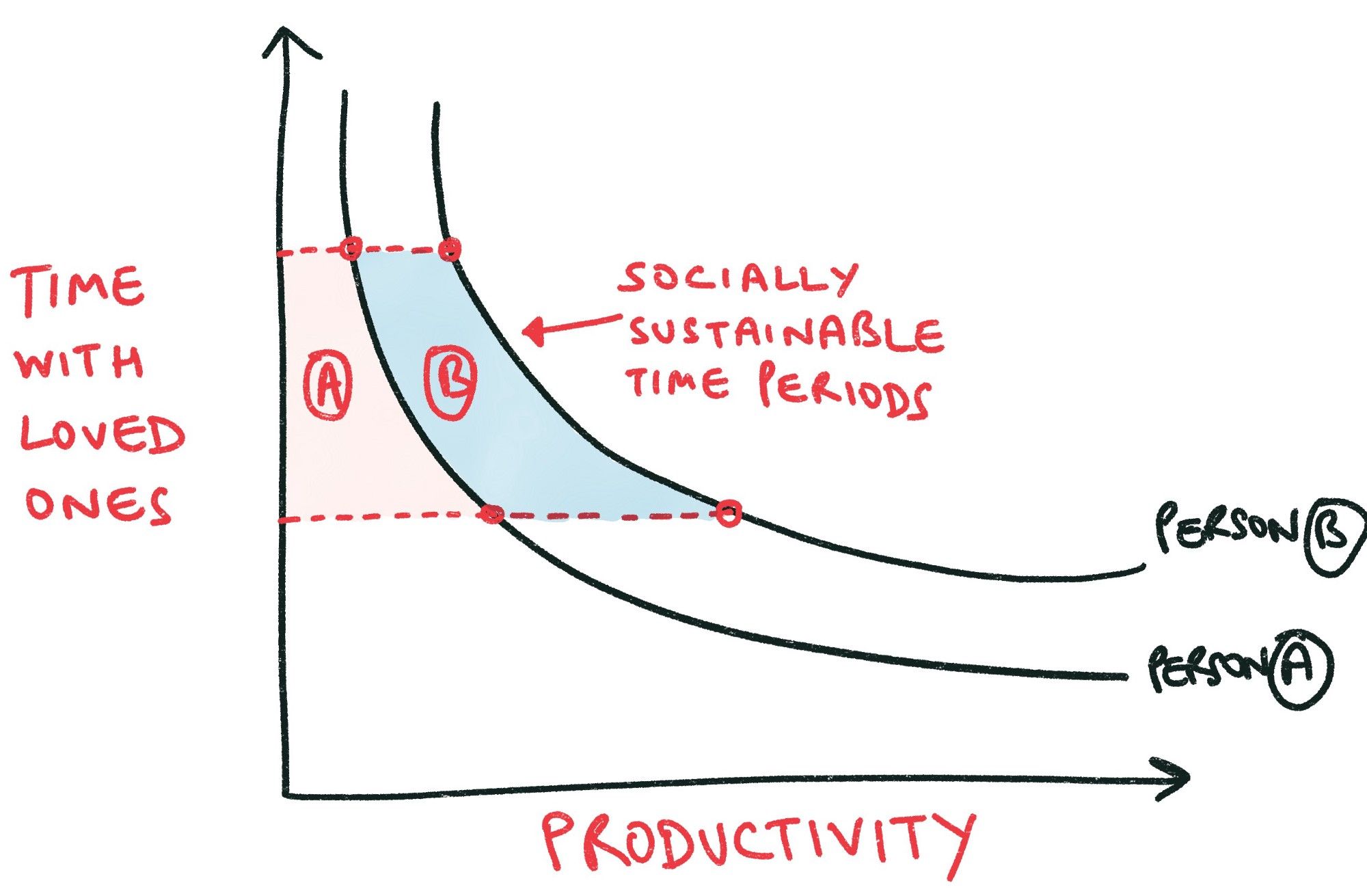
No. Well, not unless we change the way we look at work.
Work has become the orbit of our lives. And the time we end up spending with our loved ones is realistically borrowed time i.e. the time we have left over. The only way we can reframe this reality is by first identifying Socially Sustainable Time Periods that work for us and our loved ones so that we can craft an entirely new work schedule. These periods, ranging from 3 to 6 hours, may differ from person to person but will nonetheless inform you of your productivity sweet spot.
The Transience of Friendships
Will I have lifelong friends? Will they stand by me when I need them?
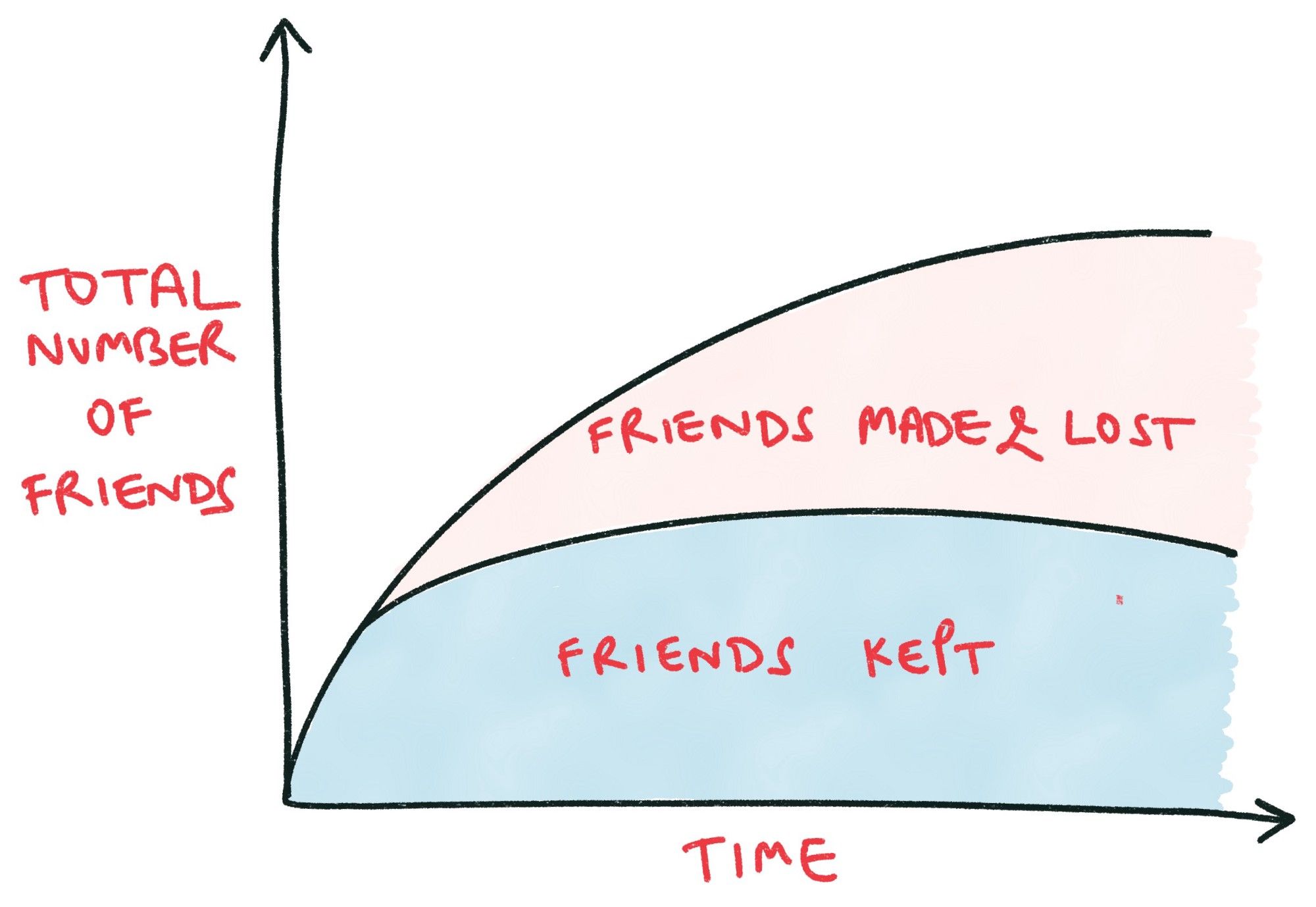
Not everything lasts a lifetime. And people are especially fragile.
As we age the number of people we meet and involve in our lives increases exponentially then slows down and finally tapers. This transient presence is unfortunately not an isolated experience and will persist over the course of your life. In fact, according to a study half of all friends are replaced every 7 years because the necessary context and opportunities no longer exist to support their presence. And so it is up to us to choose the people we wish to keep engaged and to determine the strength of that human connection.
The Regret of Time
Will I ever stop having regrets as I get older?
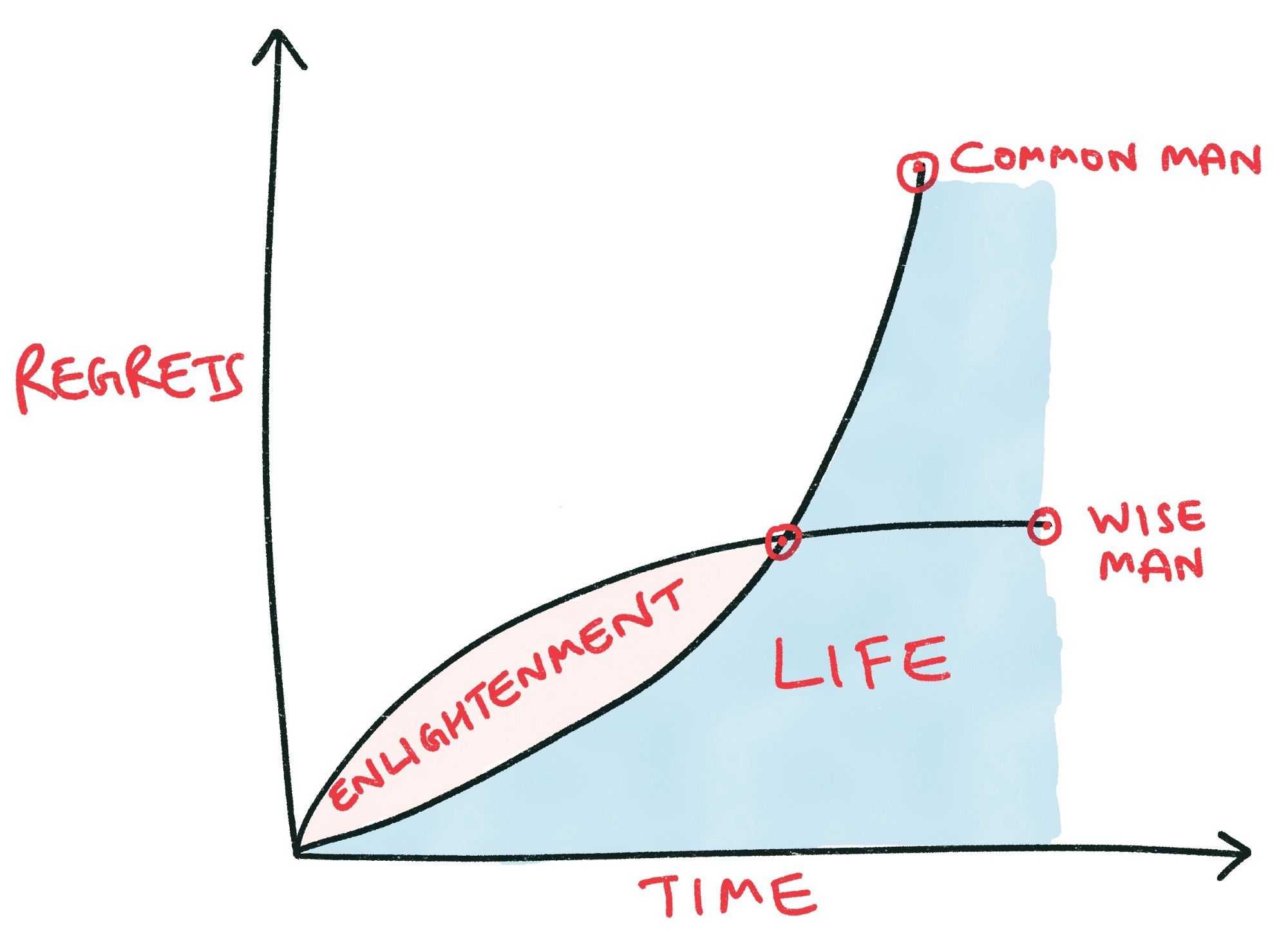
No. Regrets are part of the package.
As we get older we keep making more and more mistakes. And there’s nothing to prove that we actually learn from them. Each mistake is a token of some lost opportunity and over time these become our regrets. The common man accumulates these over a lifetime, aiming to eventually fix this problem while the wise man recognizes the myth of self-correction and futility of living with regret. This moment of enlightenment differentiates the two personas and shapes the life we choose to lead.
The Joy of Money
Will I find joy beyond the comforts that money can afford?
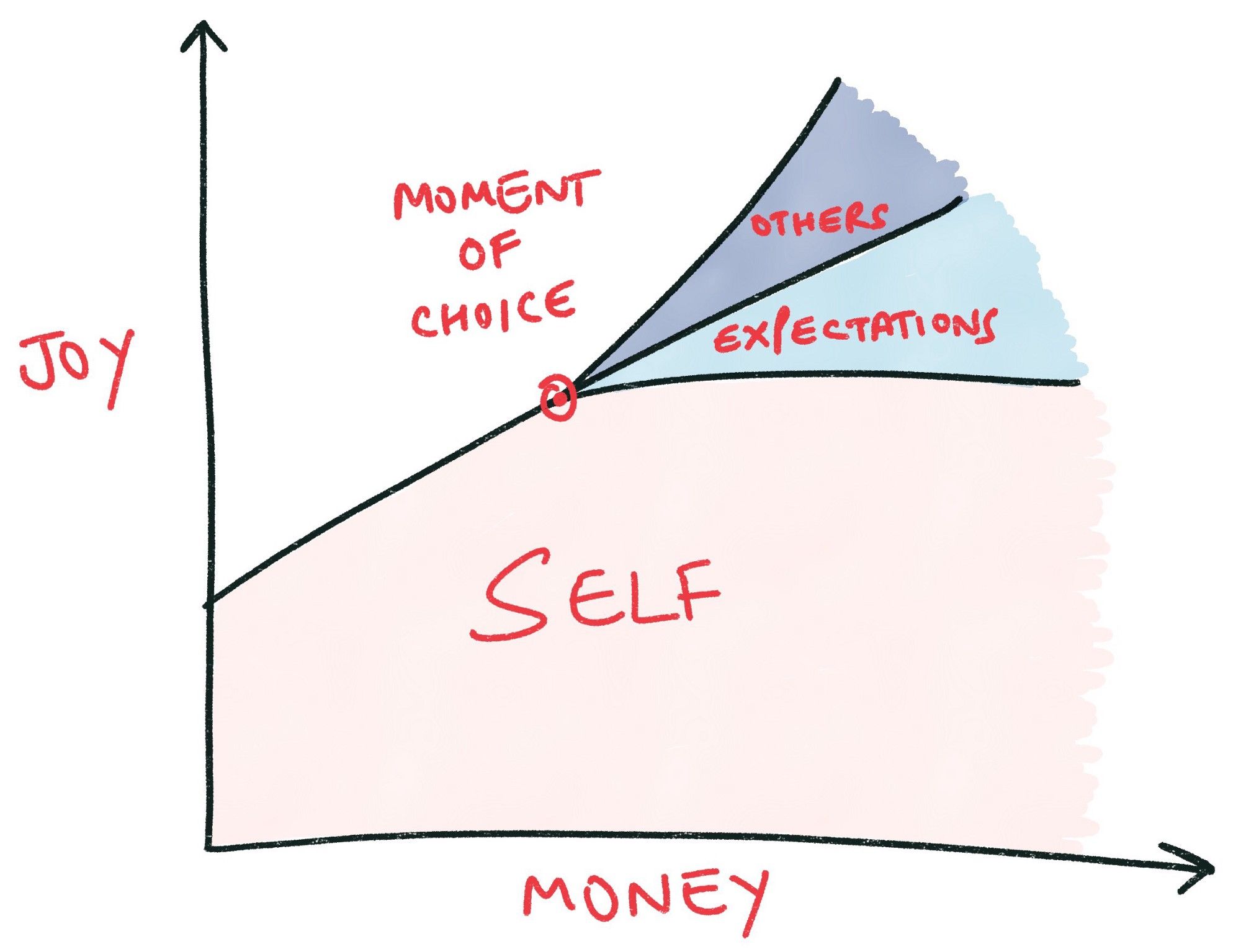
Money helps but it isn’t a silver bullet.
Don’t get me wrong. I realize that if you don’t have money then you have neither access nor choice in life. However, as we accumulate larger sums of money we all face the moment of choice where we can choose to pursue joy for ourselves or others. If we choose the former then we usually experience some disappointment because our expectations always exceed our income. However, if we choose to become philanthropic then we unlock unexpected amounts of joy because altruism triggers a deep biochemical response in us.
The Promise of Success
Will becoming successful permanently free me from my worries?
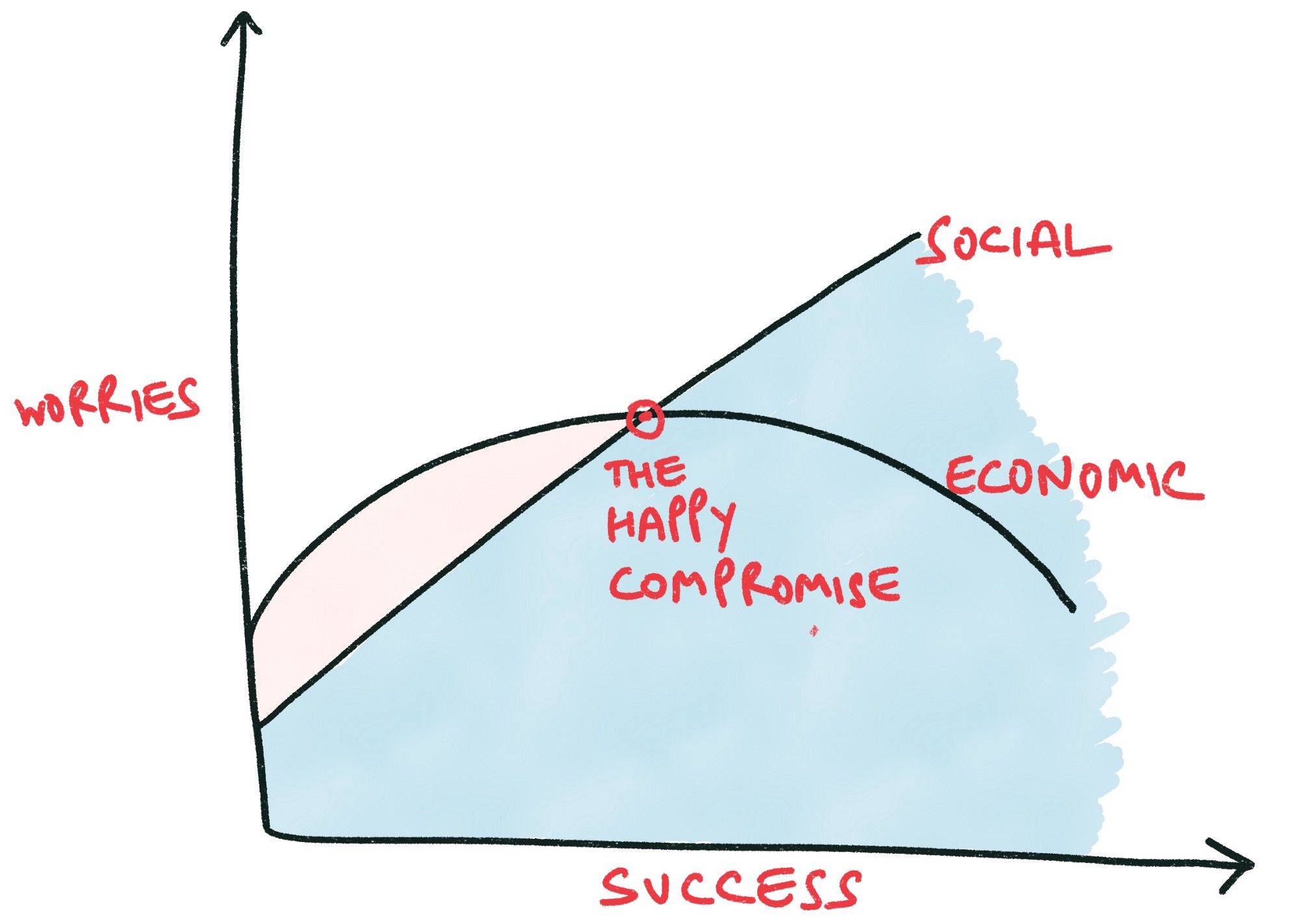
Success is a bitch, no matter what.
And as we become successful two diverging trends play out in our lives. First, our economic worries seem to peak and eventually taper while our social worries continue to scale linearly with success and time. Second, this paradoxical situation attempts to regulate itself by returning to an interim point, The Happy Compromise, where the ideal socioeconomic conditions exist for people to thrive.
The Ambit of Generosity
How can I balance my ego with my responsibilities towards others?
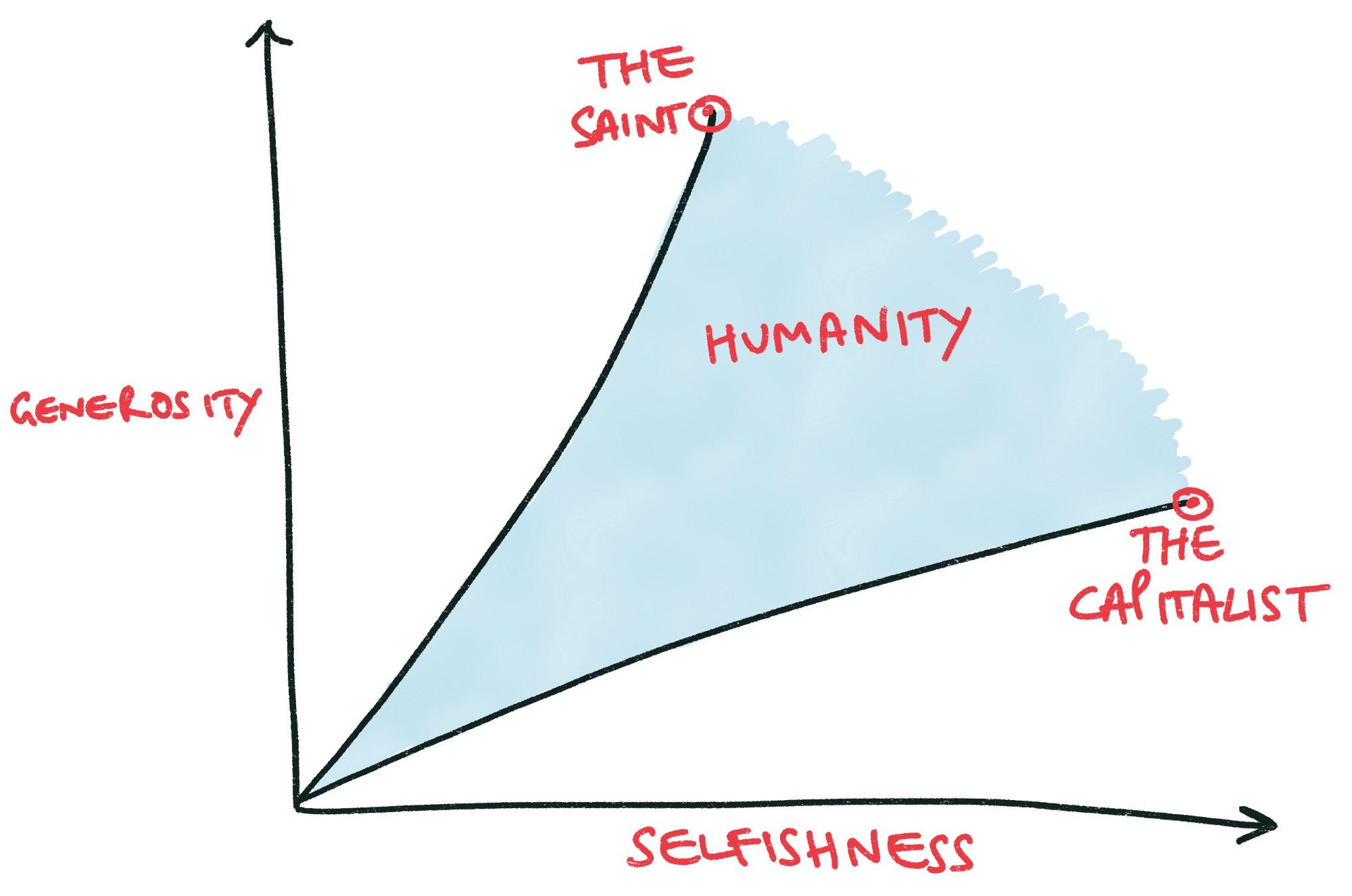
There is no black and white. We all exist in shades of grey.
Success poses many questions over time but the one that stings the most is the constant struggle to accomodate our relative prosperity in the midst of public poverty and unemployment. Success allows us to be more generous and as our means grow so does this dilemma. However, we must remember that at all points in time our actions will lie between the two extremes - capitalism and sainthood. If the former represents absolute selfishness in modern society then the other embodies generosity and we must operate with sensitivity and courage while navigating this playground of choices.
The Life of Money
Can I live to my fullest potential without money or very little of it?
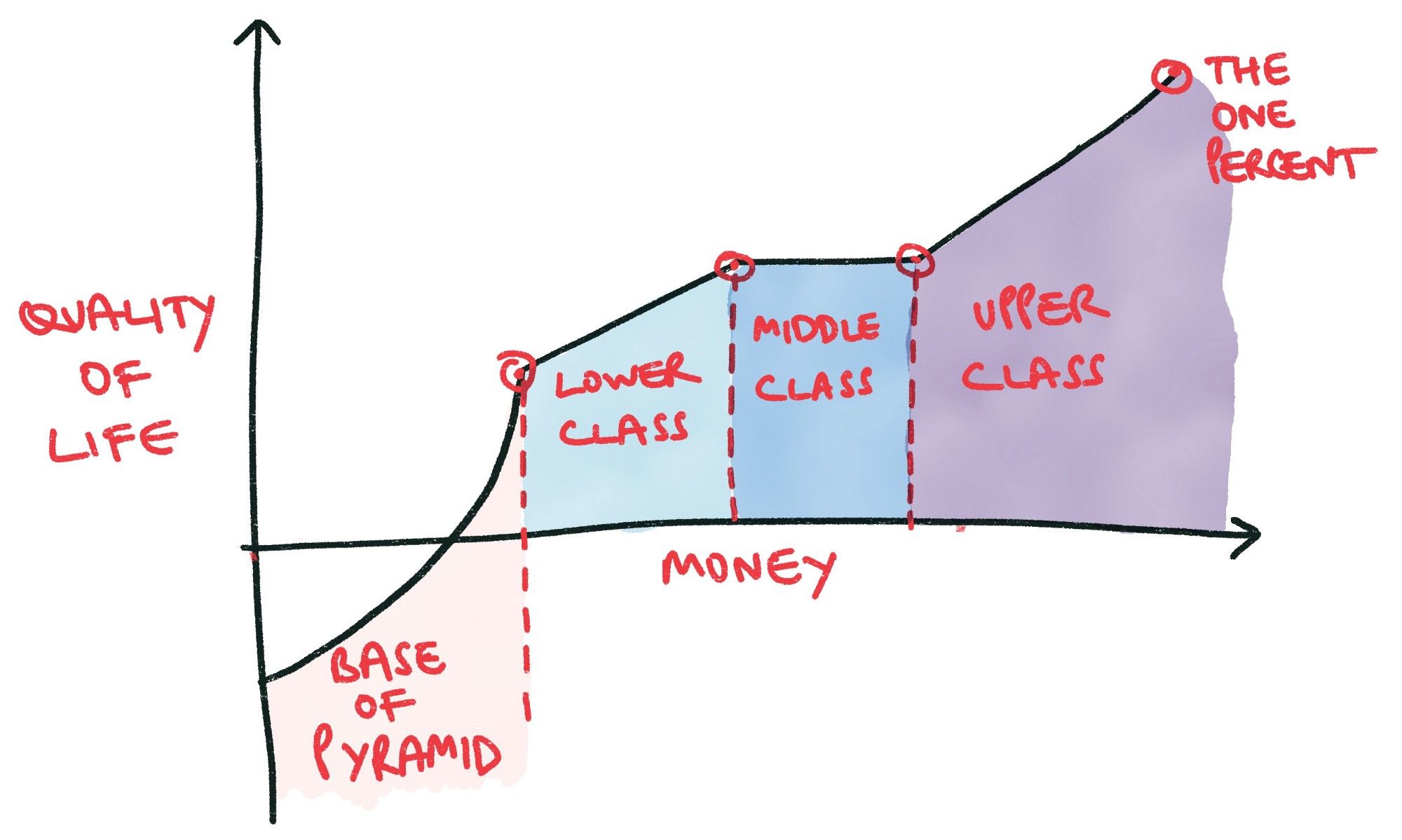
No.
Money is life support for the poorest of the world. And since they experience the most extreme scarcity of cash it’s logical that this segment exponentially and immediately benefits from economic support. This spurt is much less pronounced in lower and middle classes though the positive correlation remains. The second major socioeconomic breakout occurs in the upper class particularly for the top 1% where wealth unlocks a previously unattainable quality of life.
The Stretch of Time
How will time affect the strength of my beliefs?
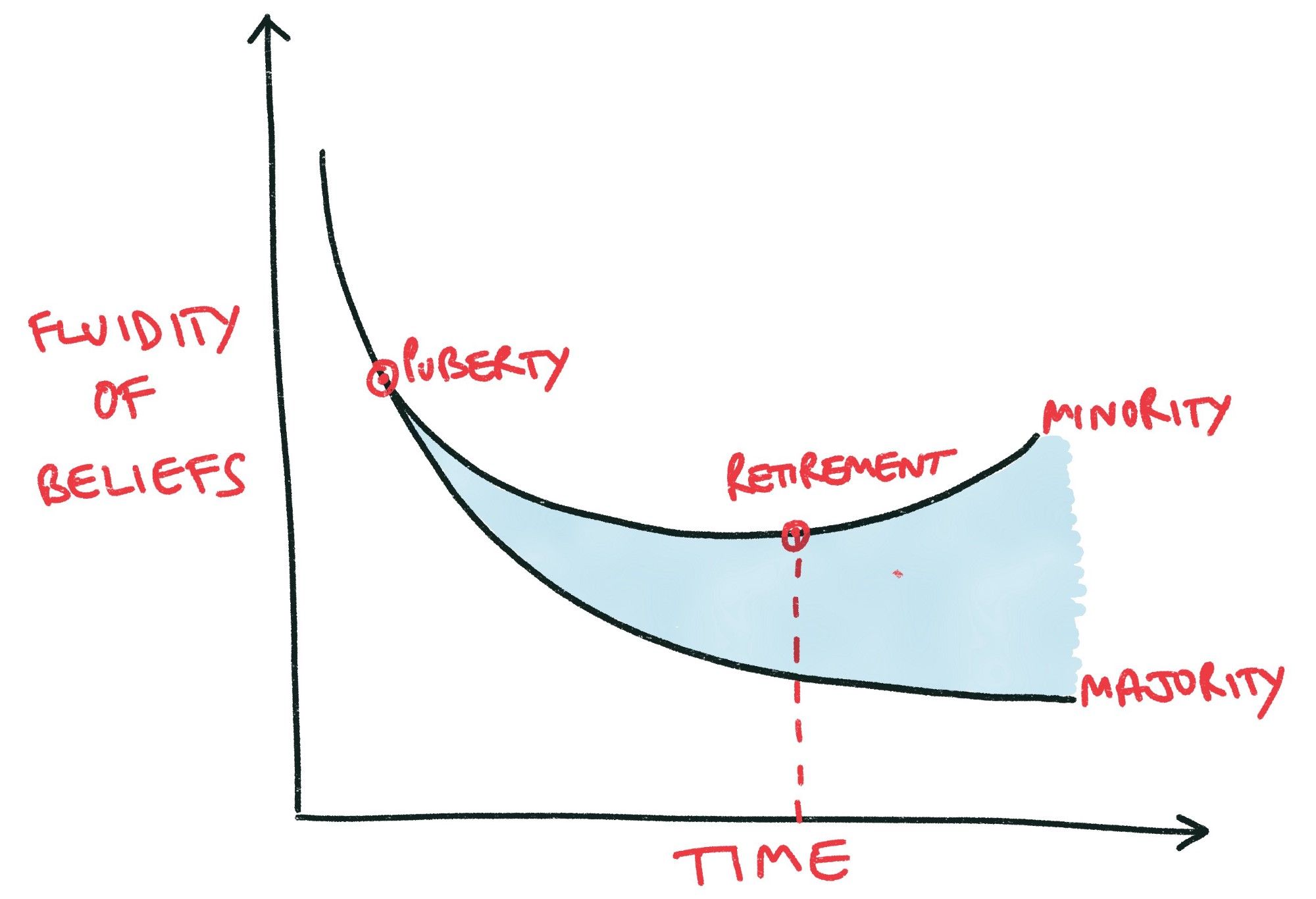
Most people harden over time.
Our belief systems begin to develop in early childhood where they exhibit absolute fluidity. These systems then coalesce when we hit puberty and for the most part there is an extreme hardening of ideas and positions that occurs over a lifetime, usually peaking around retirement. However, a small group of people regularly bucks the trend and is able to reverse the rigidity process. This trait is most exhibited by leaders and their mindfulness of behavioral changes as they age is critical to remaining future friendly.